
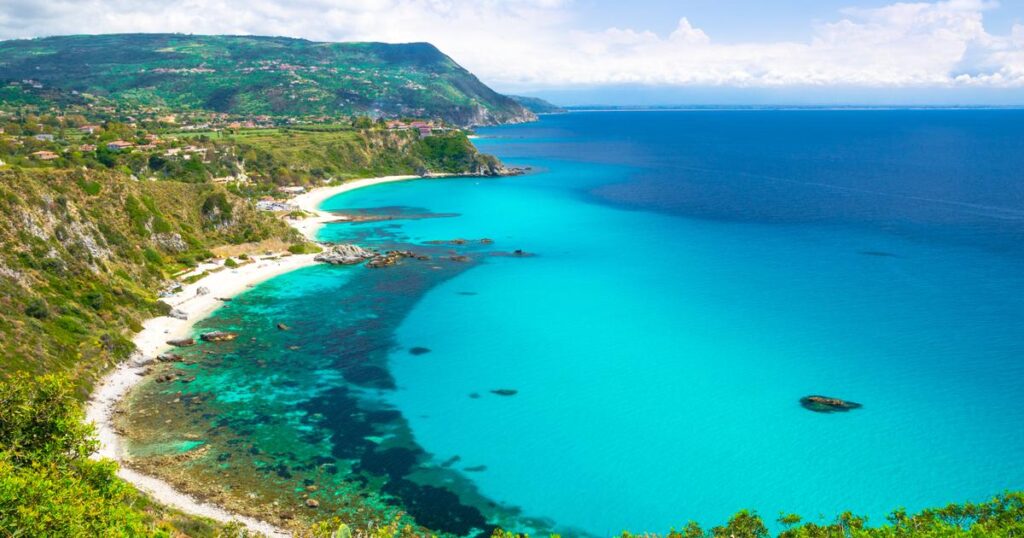
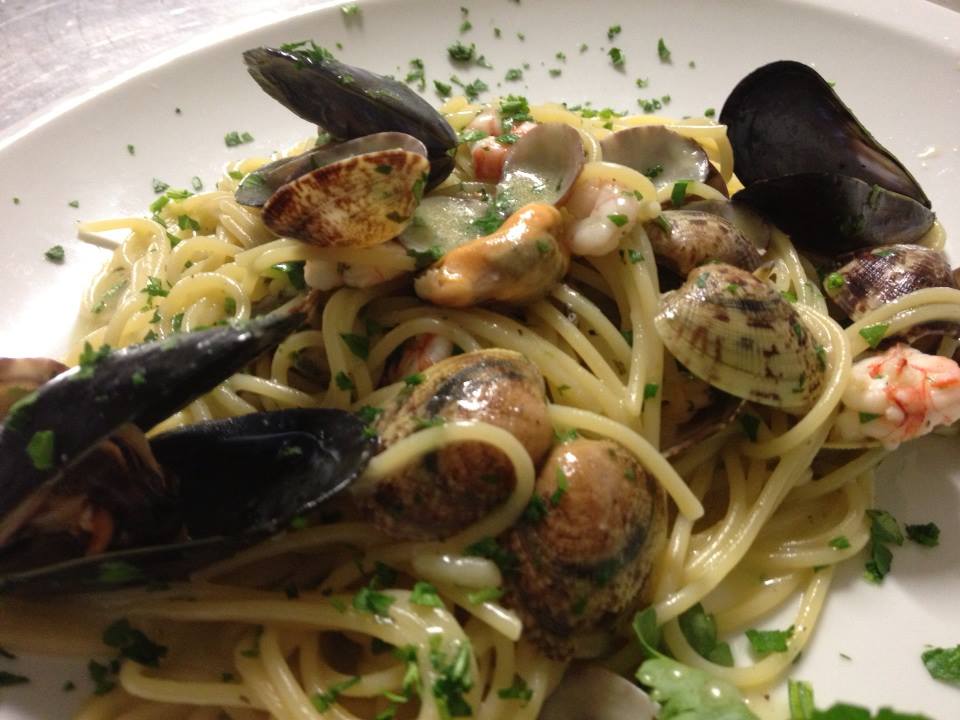
A territory where the healthy Mediterranean diet mixes with the most genuine Calabrian traditions.
A typical product of the Calabrian pastry born in the 50s in Pizzo, near Vibo Valentia. Here was born the first ice cream in Europe which became a PGI brand. An artisan production recipe and an excellent taste. It is the flagship of Calabrian pastry and is renowned throughout the world. It is a luscious hazelnut and chocolate ice cream with a heart of melted dark chocolate and a cover of bitter cocoa powder. It is modeled in the palm of the hand and takes the shape of a hemisphere. A success story that has inspired many pastry chefs propose the traditional version in new interpretations.
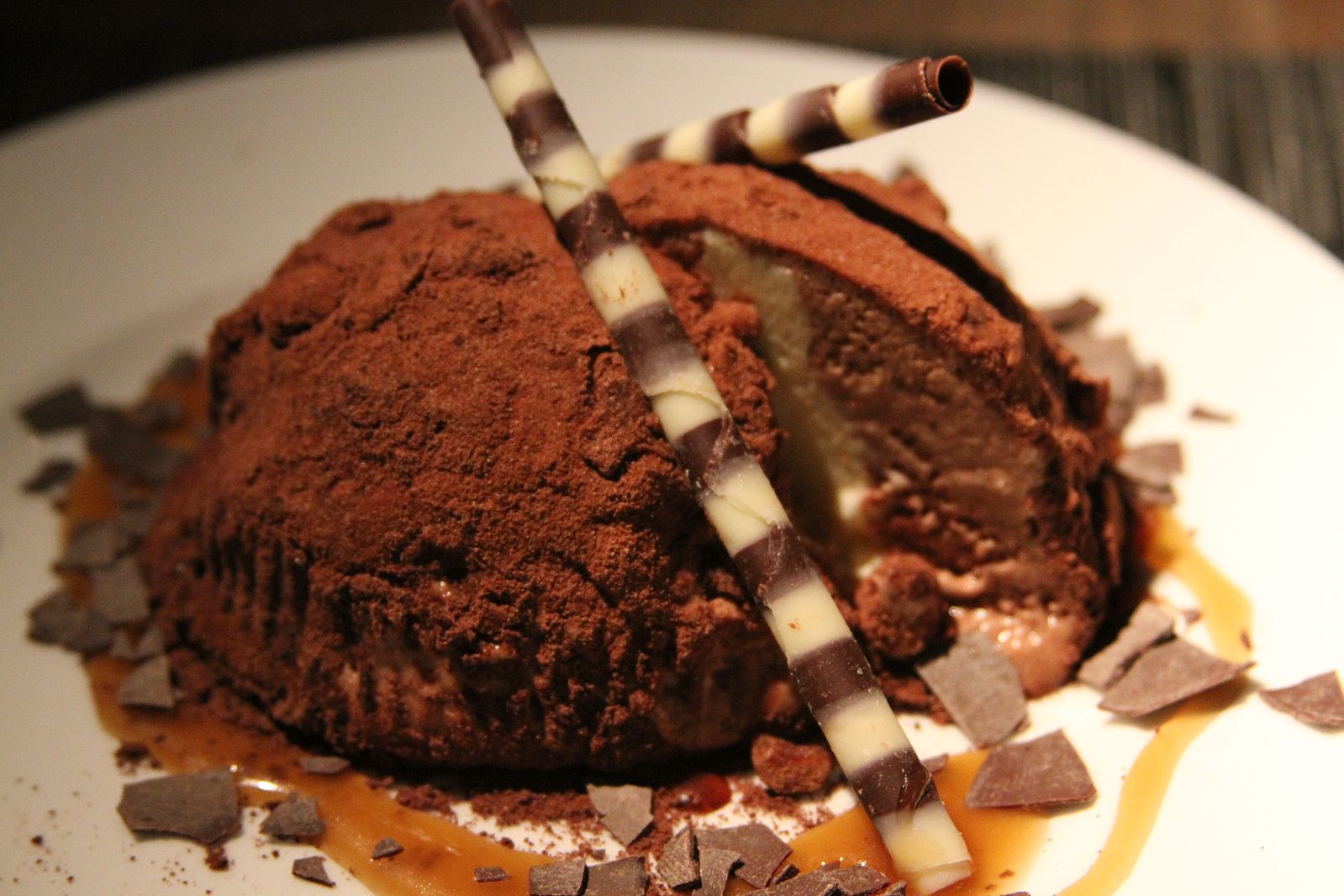
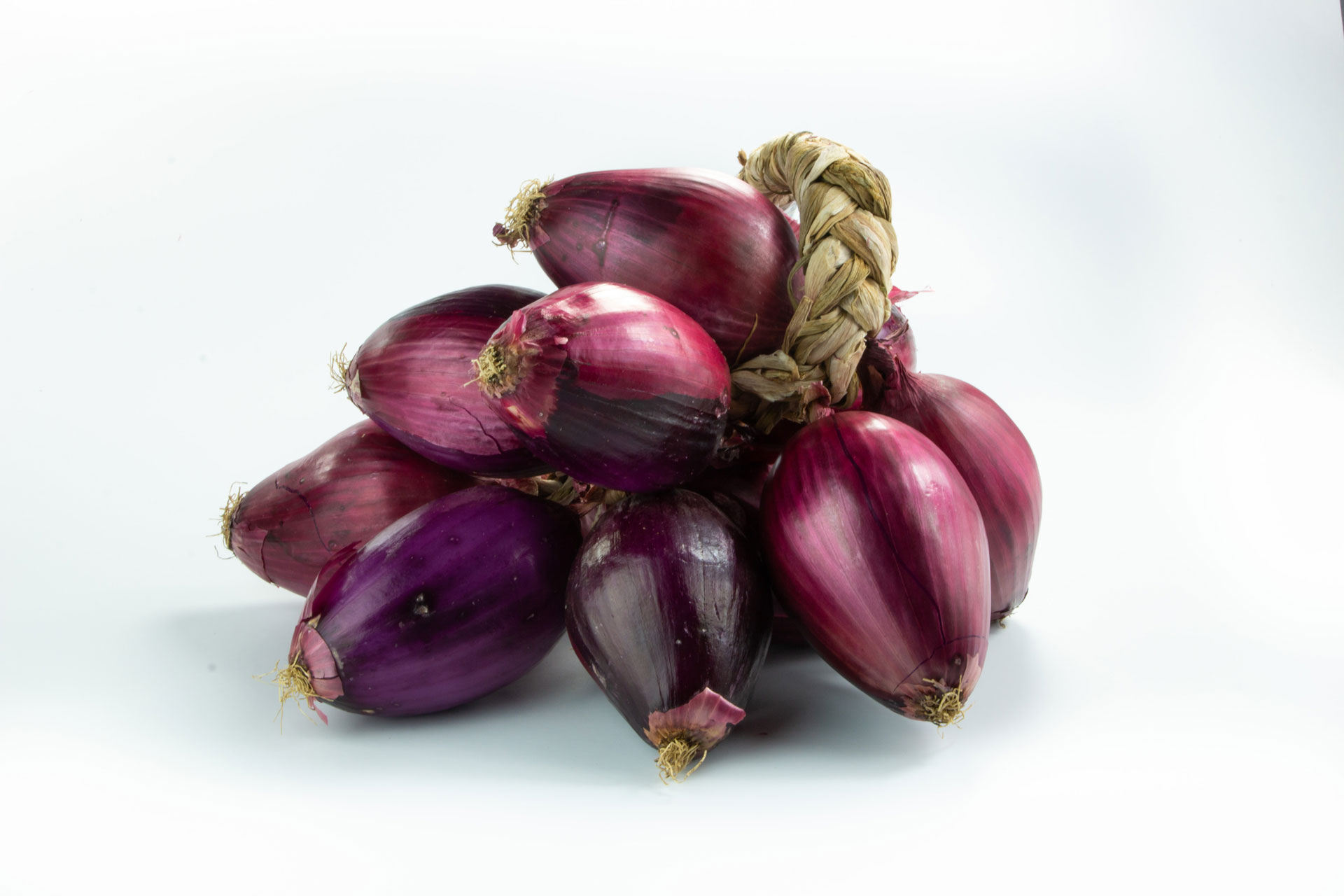
Among the products of excellence of the local gastronomy, we have to mention the famous Tropea onion, already known at the time of Pliny the Elder, which built its reputation around Italy and the world thanks for its sweet taste. This feature is favored by the microclimate of the area, mild and without sudden changes in temperature in winter, thanks to the proximity of the sea, and by the particular fertility of the land. In addition to its sweet taste, it is also easily digestible. Another characteristic of the onion is its intense red colour. Since 2018 it has been a PGI brand, known all over the world for its marvelous organoleptic characteristics determined by genetic, climatic and pedological factors. Sweet, crunchy and perfect for any type of recipe both sweet and savoury. It can eaten raw or in exquisite preparations. A Calabrian excellence, defined for its qualities as the "Red Gold of Calabria”.
It is produced in the Monte Poro area, in the province of Vibo Valentia, with sheep's and cow's milk. With a semi-hard texture, it can mature from 1 to 12 months and, depending on the degree of maturation, offer a fairly high and spicy aromatic intensity. If aged briefly, the rind is yellow and elastic, the paste ivory and soft. If the seasoning is long, the rind becomes thick and reddish in colour, the paste compact, with fine and sparse holes, a light straw color. During the seasoning period, the external surface of the cheese is protected with olive oil and chilli pepper.
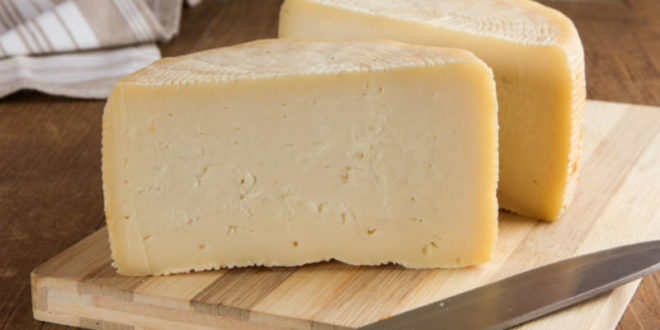
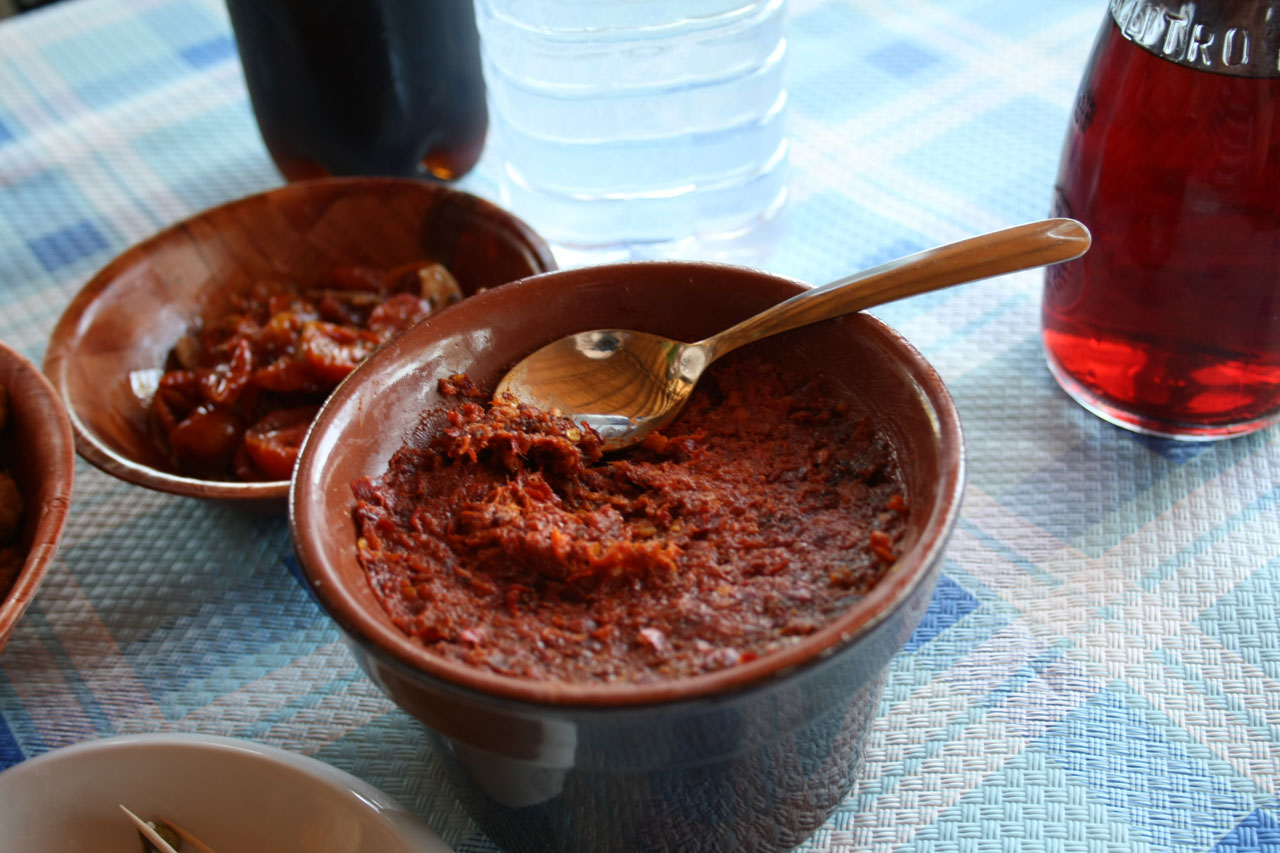
The most famous Calabrian sausage with an extremely spicy flavour, a bright red color and a soft consistency. It is typical recipe of Monte Poro but the production area is extended to many towns in the Vibo Valentia area. It is a product protected by DOP which certifies the origin of the ingredients, the area and the phases of production. The 'Nduja is made with the highest quality of pork meat and chilli pepper. Smoked and aged in a dry and cool environment for several months. It has a strong, spicy and aromatic taste and is perfect to use in delicious recipes or to spread on hot or toasted bread.
This extraordinary bread produced in Stefanaconi, a municipality near Vibo Valentia, is one of the most famous and genuine specialties of the Vibonese area. Delicious both freshly baked and also few days after production. A unique food for its organoleptic characteristics and flavour. Produced according to ultra-secular traditional method and rigorously with with selected flours and ingredients. Cooked exclusively in ancient wood-burning ovens, it releases an unmistakable flavor and a unique fragrance.
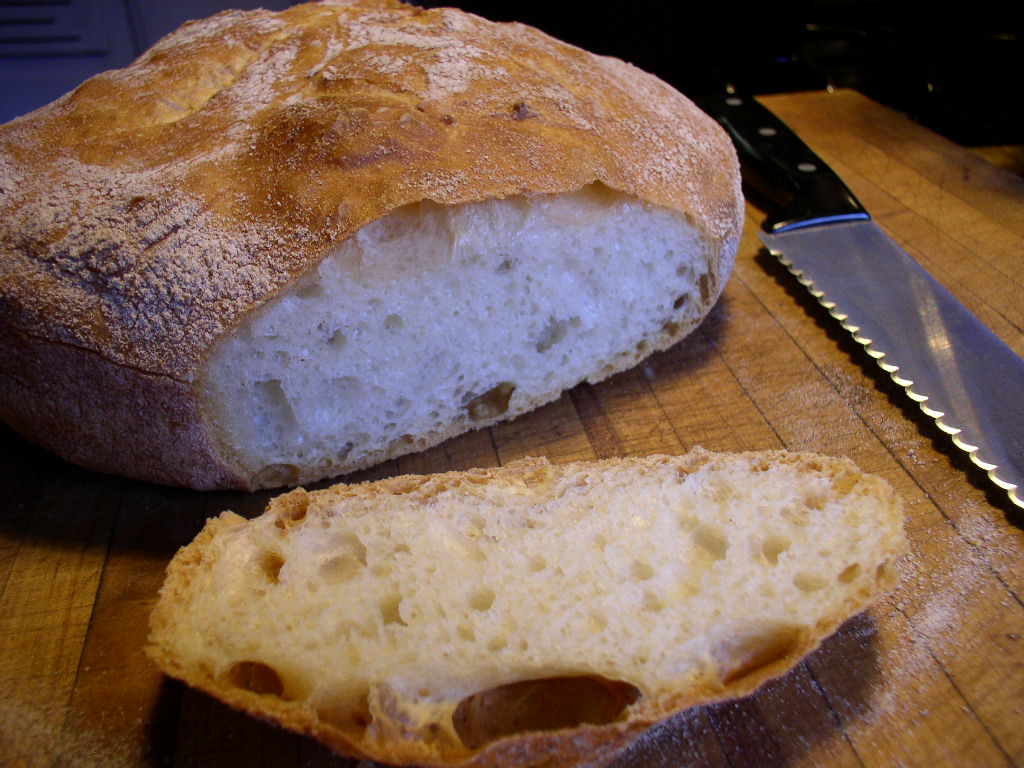
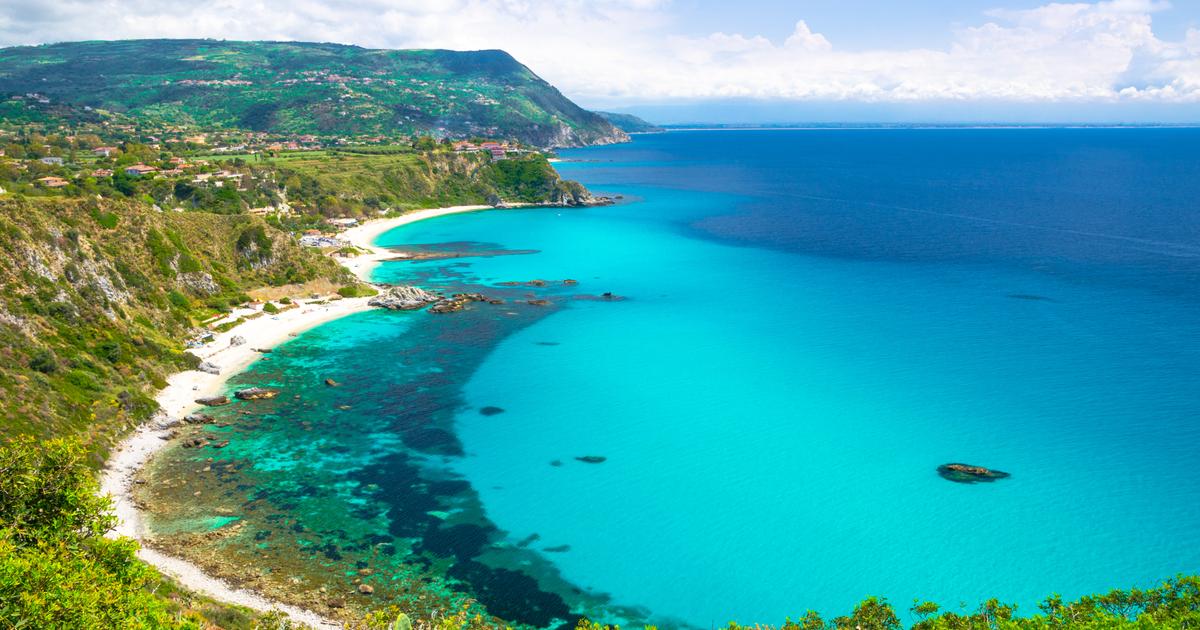
Not far from Vibo Valentia, the rocky promontory of Capo Vaticano rises out over the blue sea. Small beaches, reached by paths or by sea to enjoy the white sand and crystal clear water. An authentic paradise between the wild vegetation and the sun of Calabria. Among the best known beaches are Tono beach, Santa Maria beach, Torre Ruffa beach, Praia di Fuoco beach, Formicoli beach and Riaci beach. The whole coast around Capo Vaticano is called “Costa degli Dei”, a name that was given for the beauty that characterizes it. In fact, it is raccomanded to venture out on a boat trip and discover all the small bays of the coast up to Tropea (especially those that cannot be reached by car) to enjoy uncontaminated sceneries between very white sand and wonderful seabeds. Quando si dice un nome, un perché. Tutto il litorale che incornicia Capo Vaticano viene chiamato ‘Costa degli Dei’ vista la bellezza che lo caratterizza. Si consiglia infatti di avventurarsi con un’escursione in barca e scoprire tutte le piccole baie della costa fino a Tropea (soprattutto quelle non raggiungibili in automobile) per godersi scenari incontaminati tra sabbia bianchissima e fondali meraviglia.
Tropea is nicknamed the Pearl of the Tyrrhenian Sea and is located on a viewpoint at about 70 metres above sea level. It is the best-known Calabrian resort, with its walls, its towers, its gates, its sandy beach and a charming medieval historical centre. Legend has it that Hercules, returning from Spain, stood on the coast of the Gods to establish Tropea, that became one of the ports of Hercules. In truth, Tropea's history begins in Roman times when, along the coast, the first villages were founded. Due to its unique position of viewpoint overlooking the sea, Tropea played an important role, in Roman times, under the rule of the Saracens, and especially under the Normans and the Aragonese. The old city centre is located on a terrace overlooking the sea. In front of it stands the spectacular islet on top of which the Church of S. Maria dell'Isola, which represents the symbol of the city and is also one of the most photographed places in the whole Calabria. The sanctuary of Santa Maria dell'Isola can be reached via a steep staircase carved into the rock of the islet and around the church you can admire a wonderful mediterranean plants garden, with a wonderful and a very suggestive overview of the coast and beautiful beaches.
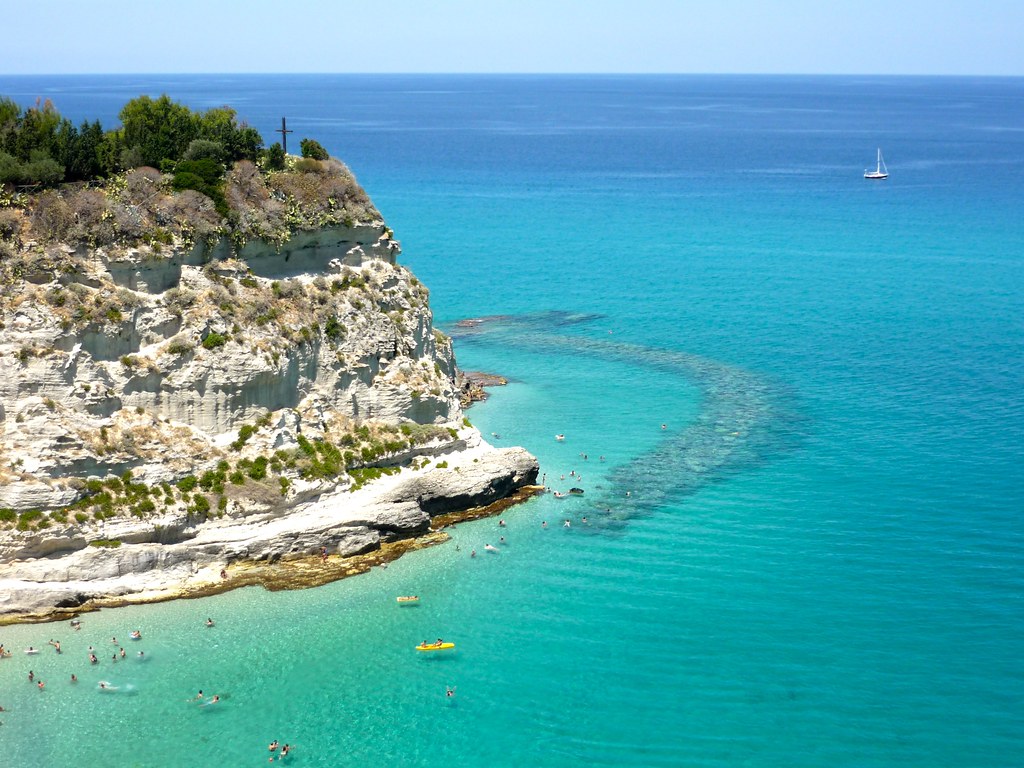
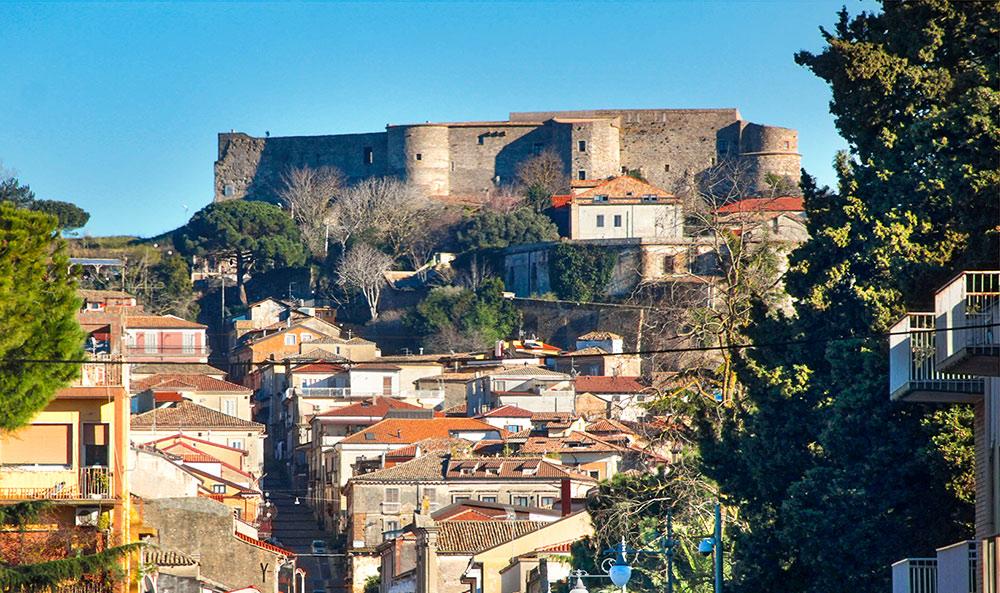
Attributed to the Norman king Roger II, It was built between 1070 and 1074 AD. The castle rises in Vibo Valentia and overlooks the entire Mesima valley. By the several influences over the centuries, it maintains the Norman layout but it shows the presence of other styles. Despite the damage caused by the earthquake of 1783, emerges all the beauty of the cylindrical towers, the spur tower and the arch from the Angevin period emerge. The castle also houses the State Archaeological Museum which exhibits remains ranging from prehistory to the Middle Ages: vases and kits also from Greek necropolises.
Briatico is an enchanting seaside resort renowned for its seafront overlooking the Gulf of Lamezia Terme and the Aeolian archipelago. The beaches, cliffs and bays, among the most beautiful in Calabria, follow one after the other and include the beaches of Trainiti and Safò Bay, the Cocca cliffs, and the beaches of San Giuseppe and Sant’Irene. The beach of Sant’Irene covers a stretch of rocky coast and some parts are in soft, white sand making the landscape extremely attractive and suggestive; this beach can only be reached by a steep lane. Briatico shares with Tropea a spectacular stretch of coast called the Coast of the Gods. We recommend the long beaches that correspond to the small port of Briatico, where there is the ruin of a tower (called the Rocchetta), one of the most photographed points of the coast, and which continue beyond Baia Safo, in the direction of Vibo Valentia Marina.
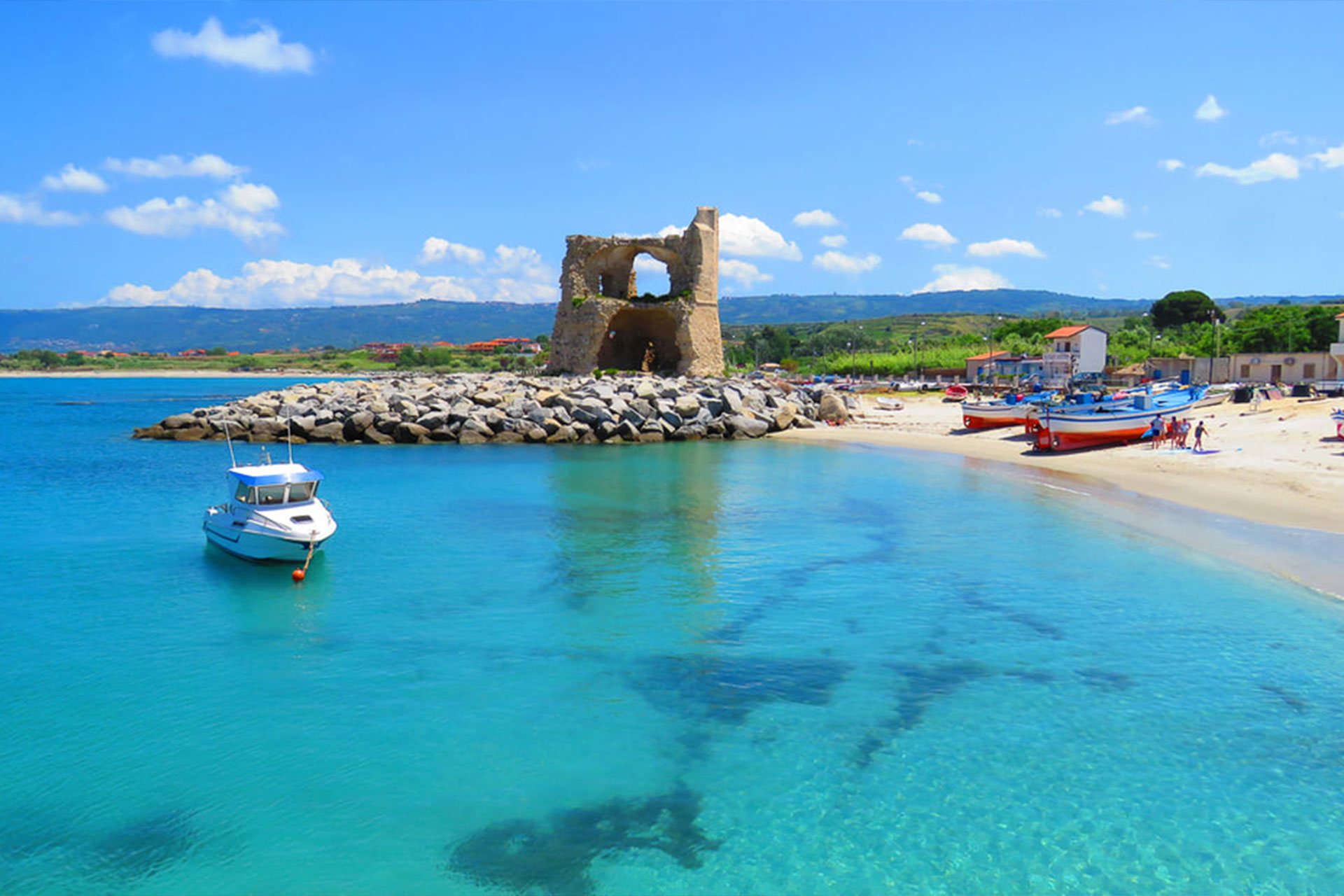
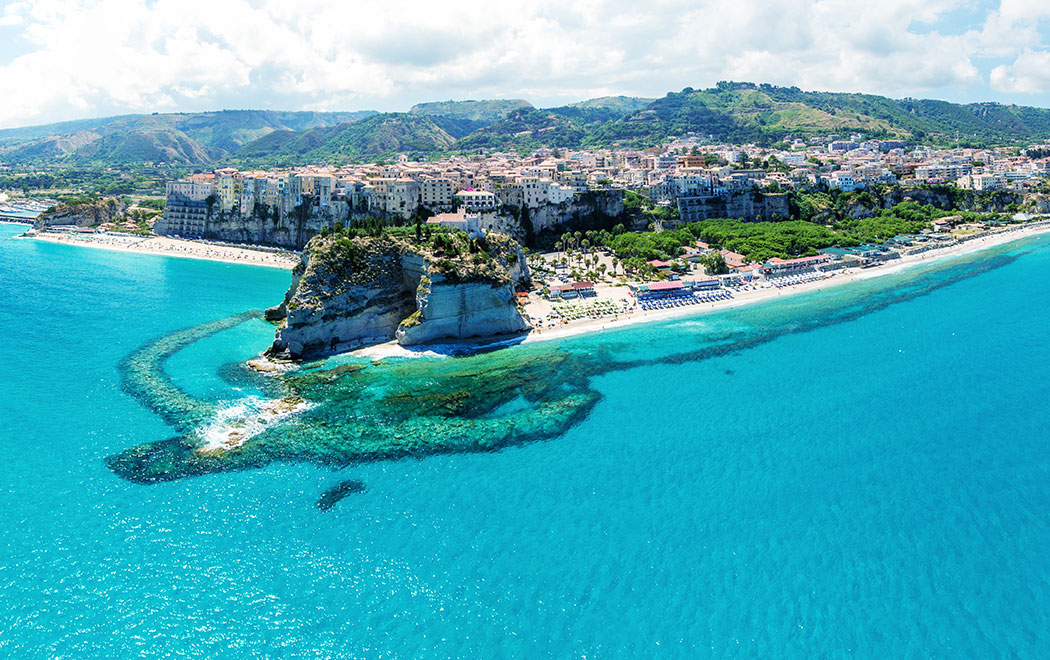
Pizzo Calabro is one of the most beautiful and renowned towns in the Vibonese area. One of the most scenic village on the coast. It rises above the Tyrrhenian Sea on the slope of a suggestive promontory, right in the center of the Gulf of Sant’Eufemia.
Today Pizzo Calabro is a modern town, a vacation spot renowned for its beaches, characterized by wide sandy shores and suggestive inlets full of rocks, for its clear sea and for the picturesque historic centre. Pizzo’s origins date back to ancient Greece. It became one of Cicero’s places to stay, a resting place for St. Peter on his way to Rome as well as a supply point for Ulysses, as reported by Pliny. The whole village is a treasure of fascinating places to be discovered: fifteenth-century Aragonese Castle, the squares and the narrow alleys up to a very special church, namely the Chiesetta di Piedigrotta, a wonderful work of art where myths and legends intertwine.
Vibo Marina is an urban and tourist center located on the northwestern coast of Mount Poro and with a small marina best-equipped for tourist landing between Salerno and Reggio Calabria. The coast of Vibo Valentia is above all exaltation of nature, of its endless suggestions, ready to surprise the traveler at every step, behind every bay and every promontory. A nature still uncharted because it is away from the mass tourism and at the same time reshaped by the wise work of generations of farmers. Along the coastline of the Costa degli Dei is a unique spectacle of its kind, because all the italian coastline types can be found. In the province of Vibo Valentia are some of the most beautiful beaches in Calabria. Capo Vaticano, not far from Vibo, is a promontory jutting out over one of the bluest and clearest seas in Italy. In the marina area it is very interesting the return time of boats from fishing, the fish auction, and the wooden boats construction, using the ancient techniques of shipwrights. Vibo Marina also offers historical and architectural attractions, such as the Castle of Bivona built in 1442 to protect the port of Bivona from pirate raids, used for military purposes and often for economic activities, it is currently in a state of ruins.
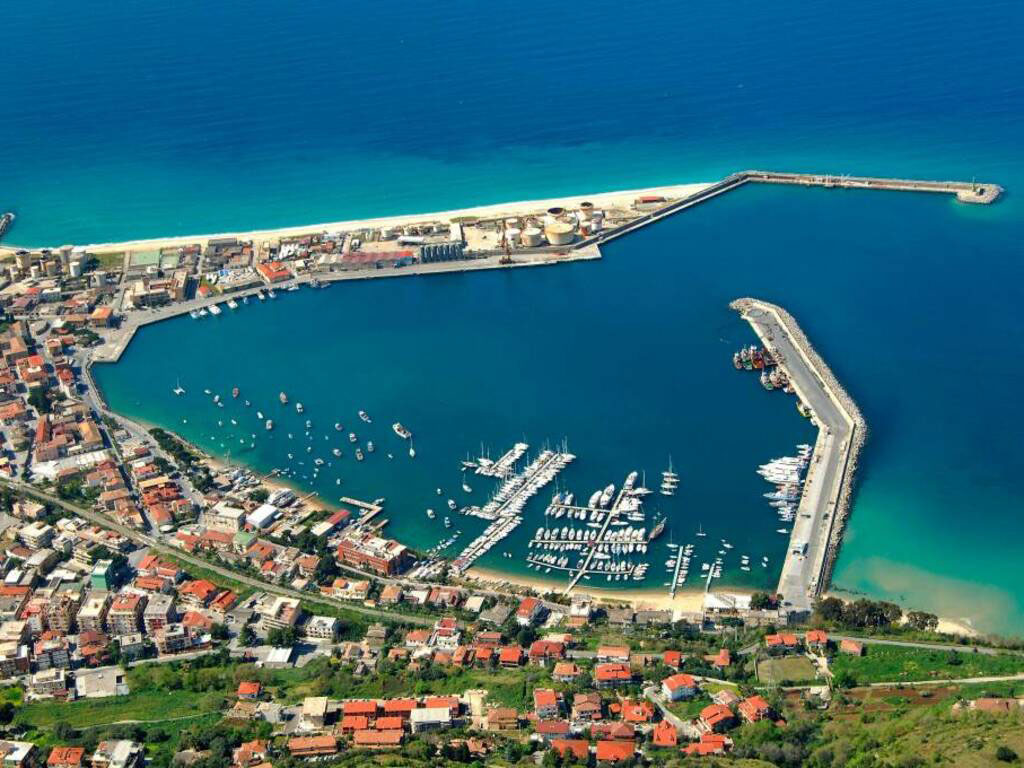
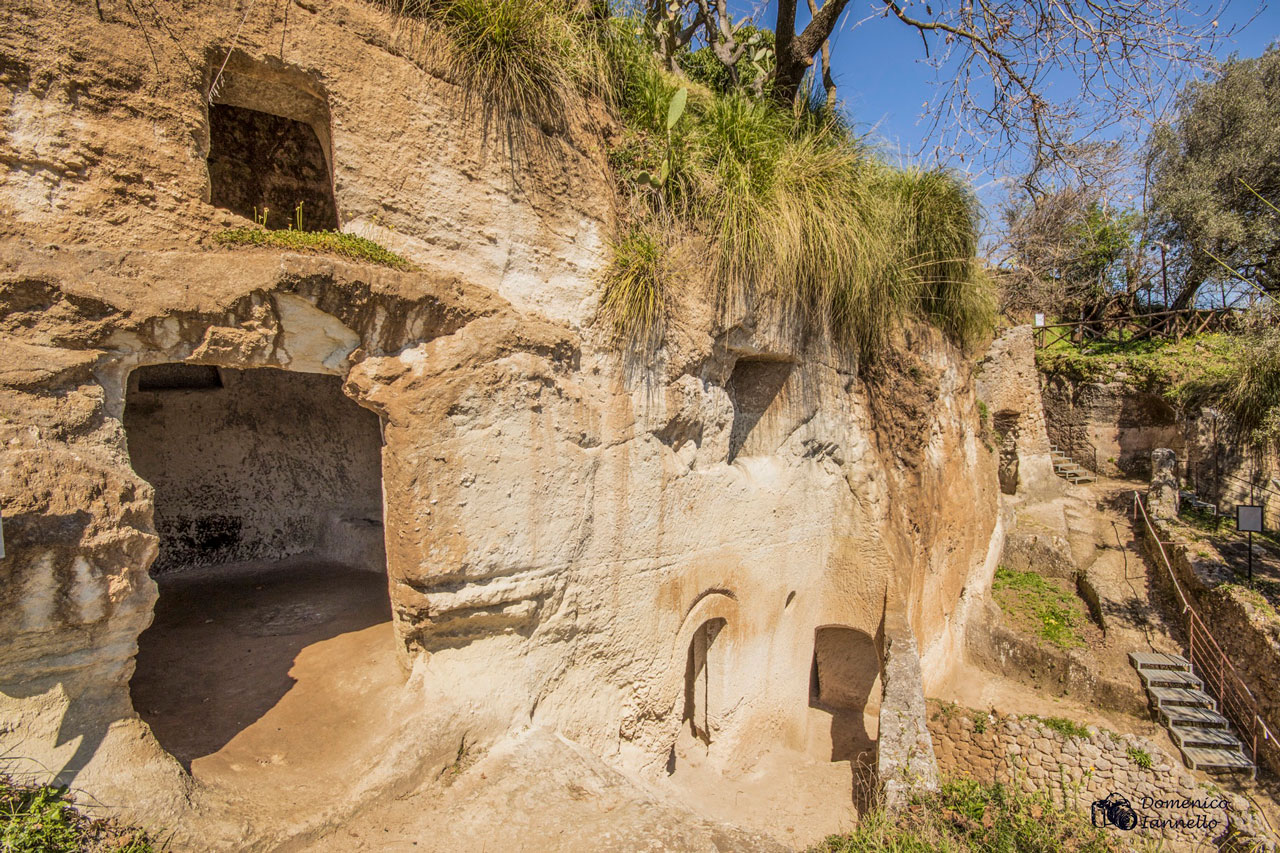
Not far from Vibo Valentia we find the Rupestrian settlement of Zungri (with the annexed Museum of Rupestrian and Peasant Civilization). An extraordinary example of human intelligence, where the expert hand of man has been able to imagine and create environments, routes, services in which perfection has often been achieved, and which, like places like Matera and Petra, truly leaves you amazed. Historically, for the abundance of water and richness of the lands, the area around the “caves” seems to have already been populated in ancient times, but the first official document mentioning the settlement dates back to the late Middle Ages. Here there are more than fifty caves of different sizes, articulated along the ridge called degli “Sbariati” crossed by a stairway cut into the rock with a small channel for collecting water from the springs (one of which, dug out like a cave, has a sort of wash tub and a tank next to it): some are articulated on two levels, many have niches inside and other elements for daily needs (especially their most recent “use”) and, on the outside, entrances embellished with engravings.
The WWF Oasis of Lago dell'Angitola represents a wetland of international interest, a fundamental stage for migratory birds. The Oasis is located in a Special Conservation Area (IT9340086) in the Municipalities of Monterosso Calabro and Maierato (Vibo Valentia). It covers approximately 875 hectares and includes a 196 hectares artificial lake on the Angitola River which offers a refuge for many species of birds. The lake is located about three kilometers from the sea, along the migration route of the birds that cross the Italian peninsula in spring and autumn. It is largely surrounded by riparian vegetation and reforestation pine trees: the environment surrounding the lake is a Mediterranean typical vegetation, with important strips of cork oak and manna ash. There are also olive groves and stretches of Mediterranean scrub with arbutus and myrtle. Along the banks there are white willows and black alders, with the artificial pine forest of Aleppo pine. Hydrophilic vegetation is mainly represented by typhoetus and fragmiteto (marsh reed). Very interesting the presence of strips of cork oak with the typical essences of the Mediterranean.
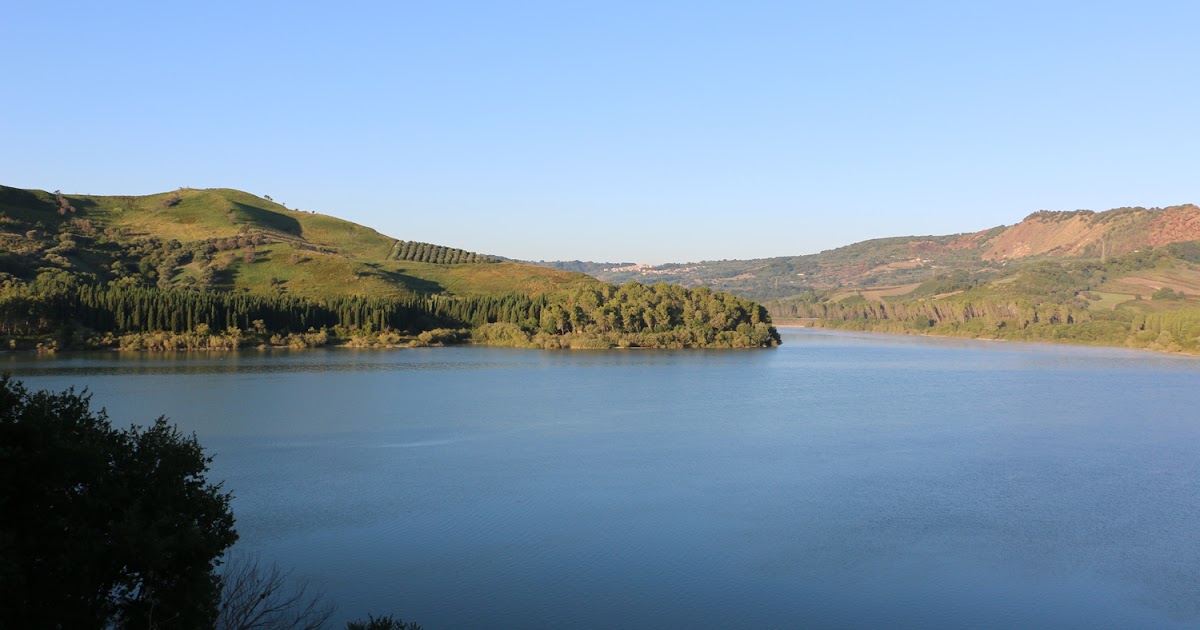
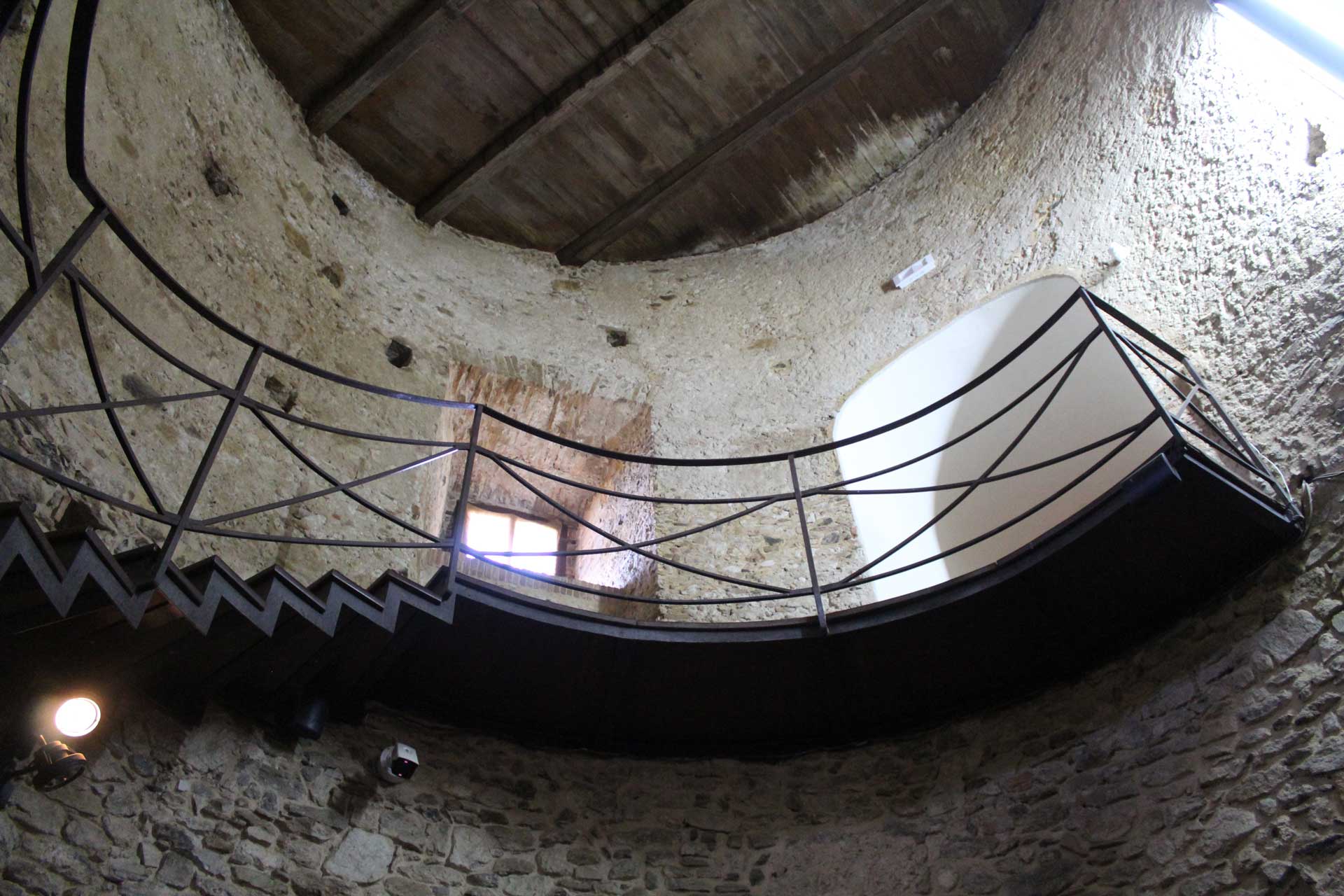
The roots of the city are very ancient and preserve a treasure chest of history and culture that combines the profound cultural awareness of the most ancient past with the wild beauty of the places. An extraordinary heritage of natural and architectural beauties, history, culture, popular traditions, which contributes to making the city an important pole of attraction and interest for national and international tourism.
The urban center is dominated by the towering Norman-Swabian castle, housing today the seat the Archaeological Museum named after Vito Capialbi, which houses the Laminetta aurea, the oldest Orphic text found in Italy and probably one of the most precious items from the Hellenic past. The historic center preserves the geometries of the medieval village, with monumental buildings in yellow tuff and paved with large blocks of lava stone.
Strada Provinciale per Vibo Marina Loc. Ponte di Ferro (VV) 89812 Pizzo Calabro
Phone: +39 0963 534532
Phone: +39 3491572070
Email: info@merestaurant.it